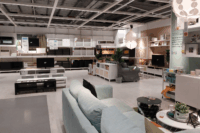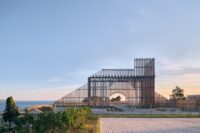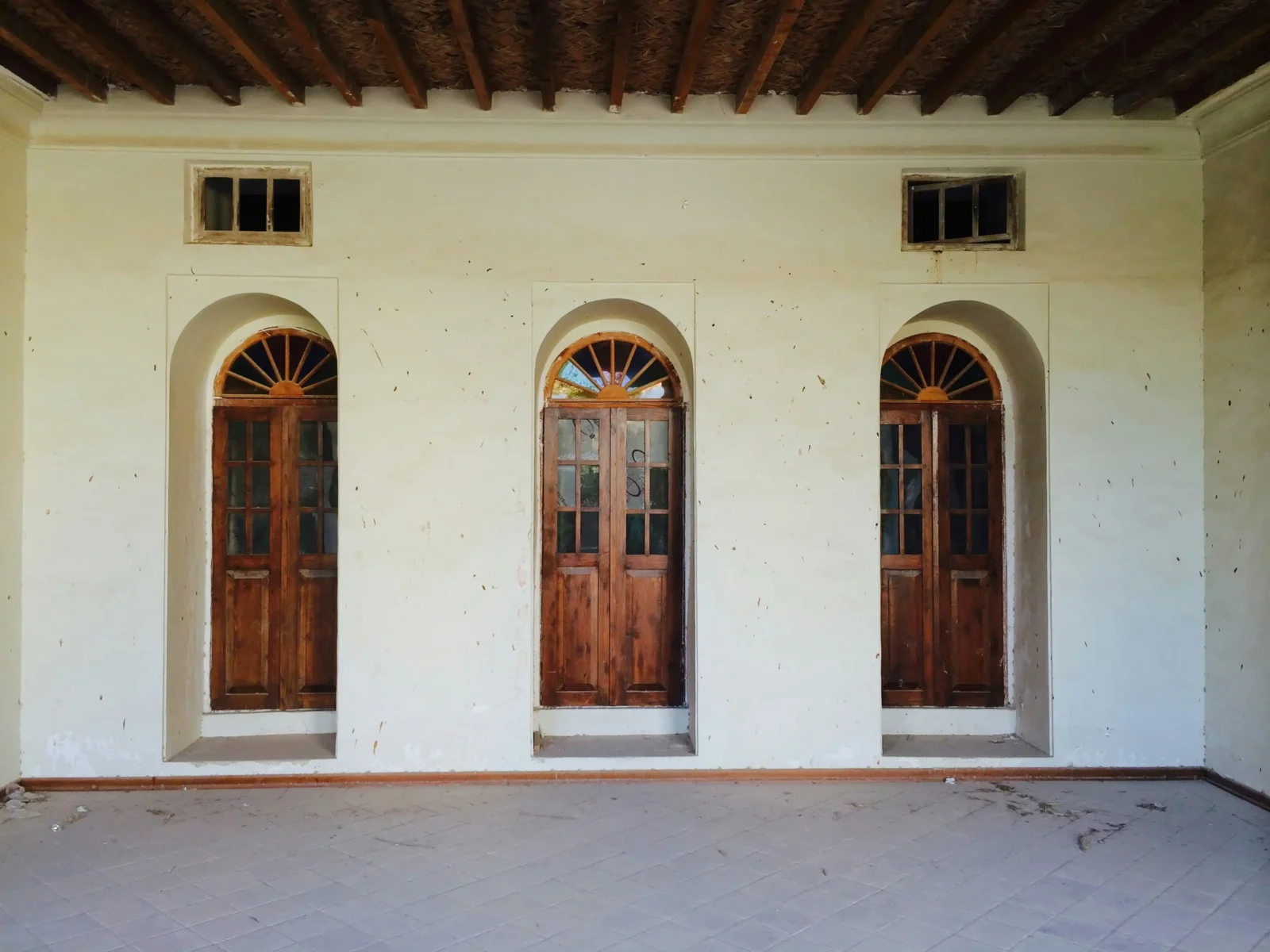- Home
- Articles
- Architectural Portfolio
- Architectral Presentation
- Inspirational Stories
- Architecture News
- Visualization
- BIM Industry
- Facade Design
- Parametric Design
- Career
- Landscape Architecture
- Construction
- Artificial Intelligence
- Sketching
- Design Softwares
- Diagrams
- Writing
- Architectural Tips
- Sustainability
- Courses
- Concept
- Technology
- History & Heritage
- Future of Architecture
- Guides & How-To
- Art & Culture
- Projects
- Interior Design
- Competitions
- Jobs
- Store
- Tools
- More
- Home
- Articles
- Architectural Portfolio
- Architectral Presentation
- Inspirational Stories
- Architecture News
- Visualization
- BIM Industry
- Facade Design
- Parametric Design
- Career
- Landscape Architecture
- Construction
- Artificial Intelligence
- Sketching
- Design Softwares
- Diagrams
- Writing
- Architectural Tips
- Sustainability
- Courses
- Concept
- Technology
- History & Heritage
- Future of Architecture
- Guides & How-To
- Art & Culture
- Projects
- Interior Design
- Competitions
- Jobs
- Store
- Tools
- More
Designing for Wellness: Integrating Cleanliness and Comfort in Modern Architecture

Modern architecture is no longer only about aesthetics or structural innovation. It’s increasingly centered around well-being—creating spaces that nurture physical health, emotional comfort, and environmental harmony. From biophilic designs to air purification systems and antimicrobial surfaces, wellness architecture is reshaping the way we live and interact with our built environments.
Of course, even the most thoughtfully designed space requires ongoing upkeep to retain its functionality and visual appeal. In cities where people lead fast-paced lives, maintaining a clean and healthy home can be a challenge. That’s why services such as maid services in Dallas have become vital—not just for convenience, but for supporting the intent behind wellness-oriented design.
Table of Contents
ToggleThe Rise of Wellness-Centered Design
In recent years, wellness architecture has evolved from a niche concept into a driving force in both residential and commercial design. It focuses on fostering physical and mental health through elements like natural light, air quality, space planning, and sensory stimulation.
Architects are now expected to understand how the built environment impacts occupants’ well-being. Designs are no longer judged solely on form and function, but also on how they make people feel.
Some of the core elements of wellness-focused architecture include:
- Natural ventilation and indoor air quality
- Use of non-toxic, low-VOC materials
- Ergonomic layouts that reduce stress and support mobility
- Thermal and acoustic comfort
- Access to nature or natural materials
Cleanliness as a Core Design Principle
While often overshadowed by visual or technological innovations, cleanliness is fundamental to wellness. An environment that is visually clean and free from pollutants, dust, mold, and allergens directly supports physical health and mental clarity.
Modern architectural features that support easier cleanliness include:
- Open layouts with minimal clutter
- Flush baseboards and wall trims to reduce dust traps
- Easy-to-clean surfaces such as quartz, porcelain, or antimicrobial coatings
- Smart home integrations like robotic vacuums and air monitors
When these features are integrated from the design phase, they reduce the effort needed to maintain hygienic environments—especially important in family homes and healthcare spaces.
The Link Between Mental Health and Tidy Environments

According to research cited by the National Institute of Health, clean and organized spaces can lower cortisol levels, improve sleep, and increase productivity. Architecture that makes cleanliness intuitive—by reducing maintenance barriers—supports a healthier mind.
Simple design choices like providing built-in storage, smooth and washable surfaces, or layouts that optimize natural light can contribute significantly to this goal.
Furthermore, collaboration between homeowners and cleaning professionals often enhances the impact of architectural planning. For example, homeowners in Dallas may rely on maid services to maintain the standards set by their wellness-centered home designs. This synergy between daily maintenance and built-in design features creates lasting value and improved well-being.
Comfort Through Thoughtful Interior Planning
Cleanliness is only one aspect of comfort. True comfort involves thermal regulation, sensory harmony, and the psychological effects of space. Here are key features architects now use to boost indoor comfort:
- Zoned HVAC systems for personalized thermal comfort
- Natural textures and color psychology for emotional regulation
- Layered lighting systems to mimic circadian rhythms
- Flexible furniture layouts to suit varying physical and social needs
Architectural comfort is about empowering occupants to feel safe, supported, and at ease in their space. By integrating cleaning-friendly materials and wellness-driven planning, the home becomes more than just a structure—it becomes a sanctuary.
Holistic Wellness in Architectural Practice

Wellness design isn’t just a trend—it’s a standard emerging across disciplines. Architects are partnering with interior designers, environmental psychologists, and even health experts to create spaces that serve both body and mind. Certifications like WELL and Fitwel are giving structure to these practices, setting guidelines that prioritize light, sound, air, and mental health.
Additionally, smart technology is playing a role in amplifying wellness design. Smart thermostats, air quality sensors, and UV air filtration systems allow homeowners to monitor and adjust indoor conditions in real time—bringing architecture and wellness into the digital age.
The intersection of cleanliness and comfort is no longer an afterthought in architecture—it is foundational. Designing for wellness means considering how every element, from surface material to airflow, contributes to the health and happiness of those who use the space.
Incorporating features that support easy maintenance, like open layouts and antimicrobial finishes, aligns perfectly with today’s demand for healthy, adaptable environments. And for residents in cities like Dallas, where life moves fast, maid services ensure that even the most forward-thinking designs remain pristine and functional.
As the industry continues to evolve, wellness architecture is set to become not just a design philosophy—but a universal standard for better living.
illustrarch is your daily dose of architecture. Leading community designed for all lovers of illustration and #drawing.
Submit your architectural projects
Follow these steps for submission your project. Submission FormLatest Posts
Exterior & Interior Remodeling Tips Every Homeowner Should Consider
Home upgrades reshape comfort, improve function, and strengthen long-term property value. Whether...
Top 8 Luxury Vacation Rentals Features Guests Love Most
A luxury vacation rental offers an entirely different experience than a typical...
Why Local Expertise Matters: Choosing the Right Plumbers in Townsville
Why Local Expertise Matters: Choosing the Right Plumbers in Townsville When it...
Bathroom Remodel ROI: How to Add $15–30K to Your Home Value in 2025-2026
Outdated bathrooms can drag a listing 20-30% longer on the market. Buyers...












Leave a comment